Teaching small kids
How to Teach Kids- 15 Awesome Tips
"If a child cannot learn in the way we teach, then we should teach in a way the child can learn." Do you remember how you were as a kid? I was hyperactive. Always full of energy and up for mischief. Now, when I see kids full of enthusiasm and energy, I wonder how my parents and teachers took care of me! If you are someone who tends to get annoyed by the countless questions that kids come up with, please understand that it is your biggest mistake.
Quite often, children are curious to know how things work and what things are. You should focus on developing that curiosity and we will be discussing this point in detail. If you are confused as to how to teach a child, this blog is for you. If you are a teacher, struggling with a classroom full of kids or a new parent fed up with trying to teach your kid, this blog will help you.
Without much ado, let’s look at 15 awesome tips on how to teach kids.
How to Teach Kids- 15 Tips You Should Live By
1.
Before you set forth on a mission to teach your kids, you should understand that teaching children is not a piece of cake. There’s a lot of research that needs to be done. Among that, the most important thing is to spend time with them and to create a good connection with them.
Regardless of whether you are a parent or a teacher, you need them to understand that you are a positive influence and that they can trust you. Understanding them is a two-way process. When you spend time with the kids, you get to understand what they like and what they don’t like, their attention span, etc and they get to understand that you are a pillar for them. So as the first step, spend time with the kids.
2.Create a positive learning space
Next, you have to create a positive space for them. If you are thinking about strategies on how to teach kids, one of the important things that you have to understand is that, no matter how good your methods are, if the environment that you create is not positive enough, your efforts are going to be in vain.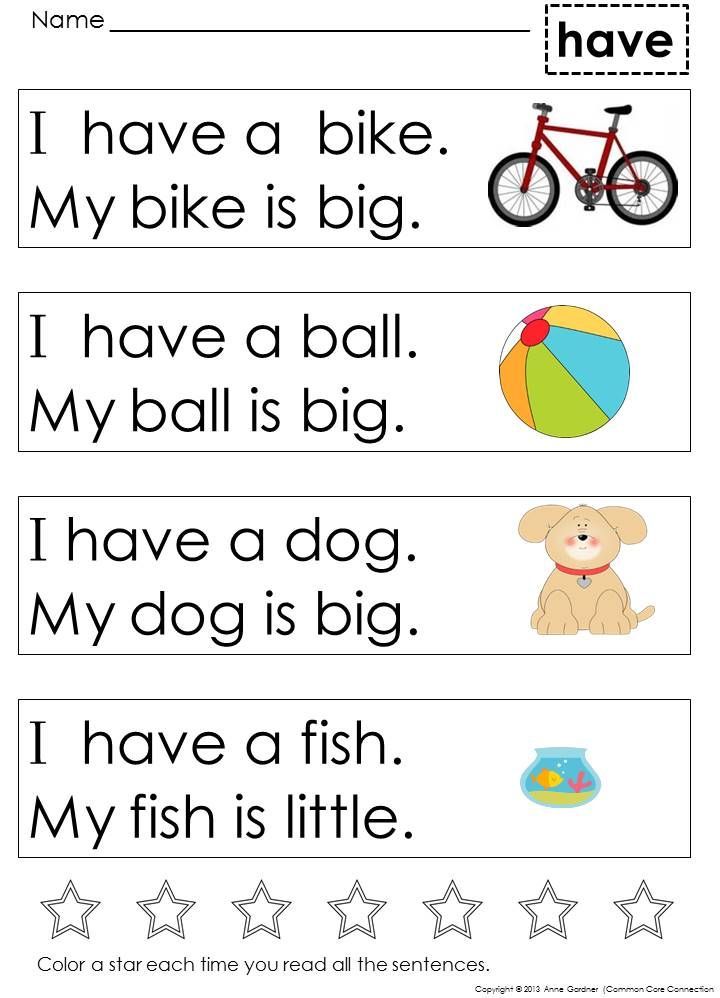 Add colors to your classroom, if you are a parent wondering how to teach kids, create a small, interesting space for them to study. This will make teaching children interesting and easy.
Add colors to your classroom, if you are a parent wondering how to teach kids, create a small, interesting space for them to study. This will make teaching children interesting and easy.
3.Build curiosity
As mentioned earlier, kids are naturally curious. Do not kill their curiosity when they ask questions. More importantly, do not crush their spirits and energy. When you tell them to stop questioning, they will perceive that as something bad and that’s why a lot of kids are afraid to raise questions and clear their doubts in the class. Feed their curiosity, keep them interested in things happening around them. This brings us to our next point, reading.
4.Inculcate reading habit
Inculcate reading habits in your kids right from a young age. As the saying goes, “ old habits seldom die.” reading is an excellent habit to have, and to create interest, give them books with colors and pictures. Enact the book with them, and read it out loud, give them books on topics that they usually talk about, and gradually shift to educational books.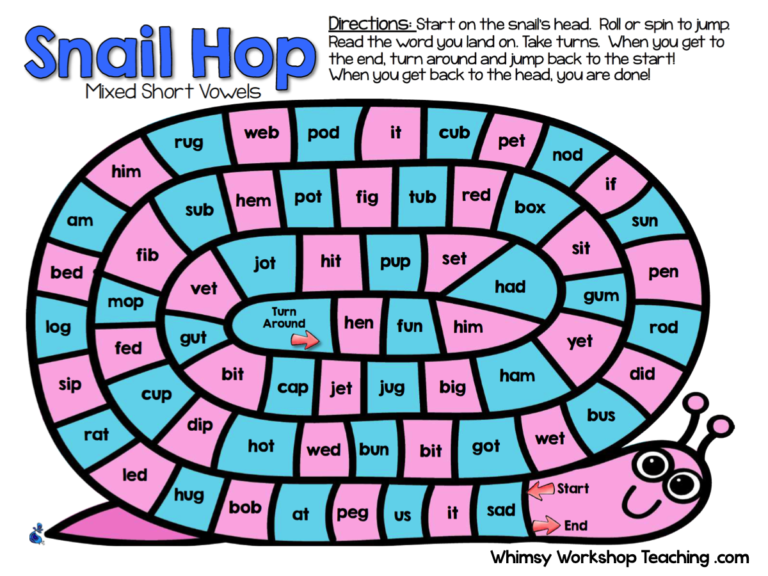
5.Incorporate storytelling
Kids love stories. When you present the lesson in a story format, kids will not only understand it better but also it will increase their interest in learning. The retention will also be higher.
For example, if you are teaching them the different types of vegetables. Spin a story around the same. Like, there was a kingdom known as the “vegaland” and the brinjal was the king. One day, he summoned all his disciples and told them about a competition where each vegetable should showcase their talent. Then you can go on and talk about how chilly made everyone cry and how likewise. Use your creativity.
6.Use Theatre
In addition to storytelling, when you enact and become the characters in your story, the interest gets doubled and the learning is more effective. Studies have shown that demonstrations can help in retaining the things kids have learned. This will also make them more interested in studying. If you have shifted to online teaching and you are in search of online teaching ideas, this is an excellent point to keep in mind.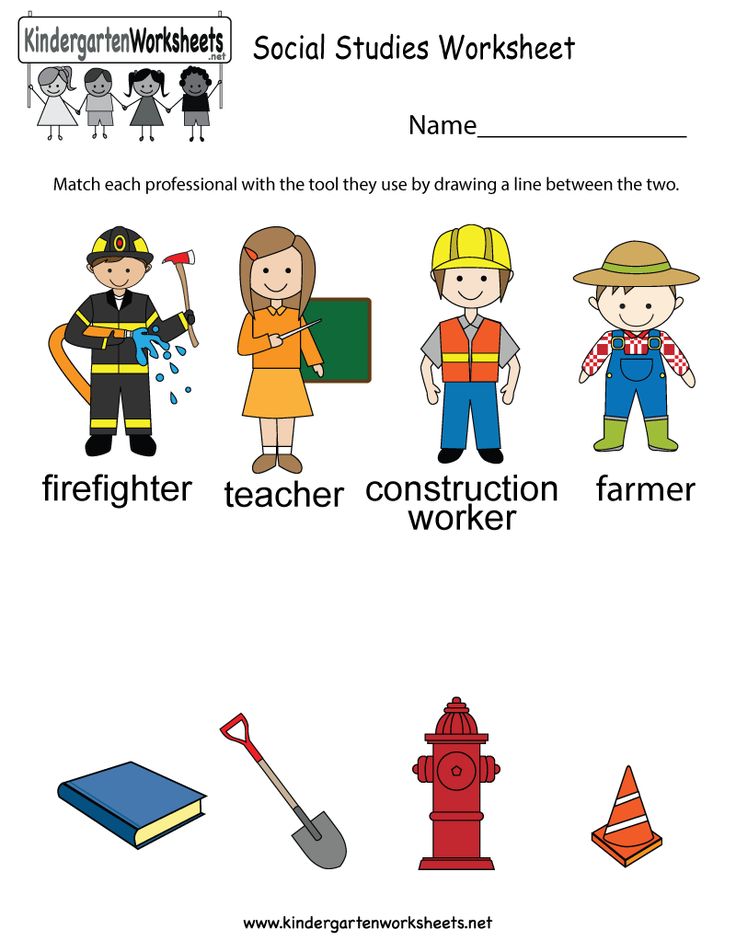
7.Make your classes visually appealing
Use a lot of visual aids. This is easier when it comes to online teaching. You can make use of online teaching tools and animations to better explain a concept or lesson. Use real-life objects, images, videos, and likewise to increase the attention and interest in kids. When it comes to how to teach kids online, visual aids are something that cannot be sidelined.
8.Create a schedule
Create a routine and schedule and try to get your kids to stick to that routine. At least one paragraph or a small portion has to be covered on that schedule. This will help them in the long run, because they will grow up to be disciplined individuals. Adhere to the schedule and bear in mind that homework and assignments are not the only aspect of studies. If you are a teacher, then follow a routine in the classroom. It might be starting your class with a Q and A, a motivational story or anything. But always stick to the schedule.
9.Encourage efforts
Prioritize learning over grades.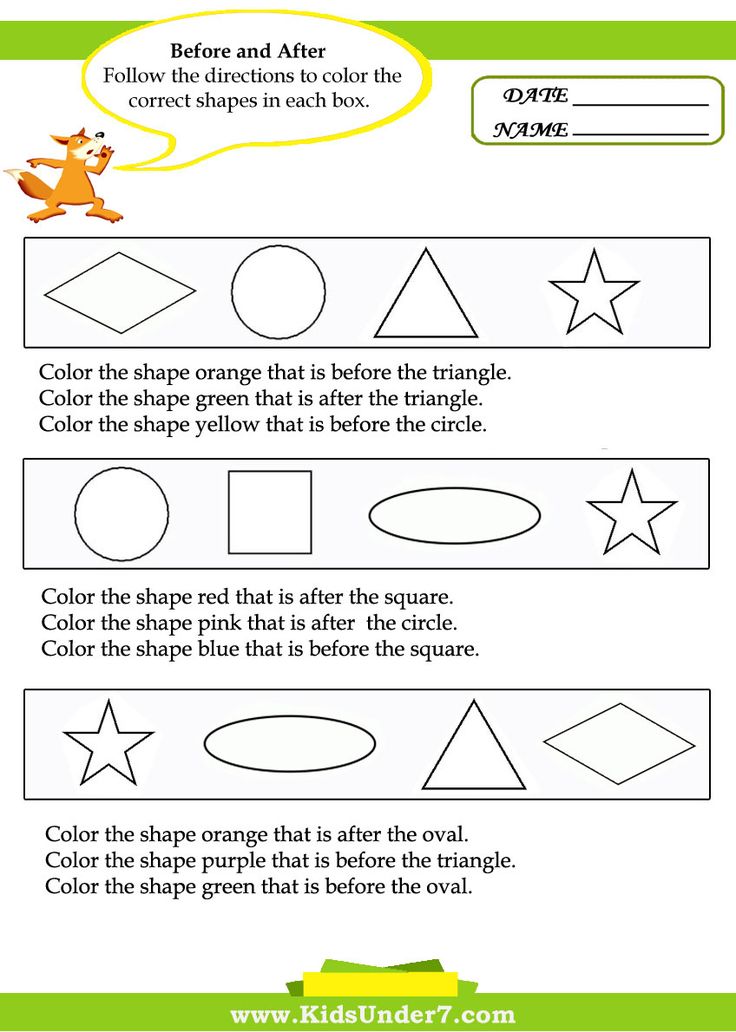 Acknowledge the efforts that the kids are putting in and encourage them to do better. Give them prompt feedback and do not be too critical. There’s no exact formula on how to teach children. Each child is different and when you realize that and cater to their individual talent, that’s where you succeed as a teacher.
Acknowledge the efforts that the kids are putting in and encourage them to do better. Give them prompt feedback and do not be too critical. There’s no exact formula on how to teach children. Each child is different and when you realize that and cater to their individual talent, that’s where you succeed as a teacher.
10.Set goals and Reward them
Incorporate fun games in class and set achievable goals. For instance, how many vegetables can you name or till what can you count and likewise. As the students grow older, you can change the game but keep the idea intact. Reward those who win and also the ones who failed so as to encourage them.
11.Listen to them
Listening to your students is of paramount importance. Give them ownership, and by listening to them , it is not just their words that you have to take into consideration. But, you have to pick up the non-verbal cues as well and act accordingly as they might not be able to express how they feel or what they didn't understand.
12.Help them and guide them
As mentioned earlier, the kids must feel like they are in a safe space. One of the qualities of an excellent teacher is that they never give up on their students. Guide them through and clear their doubts and queries. Help them with their lessons and with anything else that they need your help on. This is why we said that it is important to listen to them. As teachers, kids would look up to you. Do not disappoint them and act as a helping hand.
13.Avoid lecturing
Kids won’t understand when you lecture them. They have not grown to a position wherein they can comprehend hours of monologue. You have to interact with them and mingle with them to make learning effective. Being too strict will just make the classroom a hostile environment and no one is going to benefit from that.
14.Play with them
Include games in the classroom. This can be educational games or just fun games. Make sure to be a participant in the game. This will help in reinforcing the trust that kids have in you and will make them open up to you.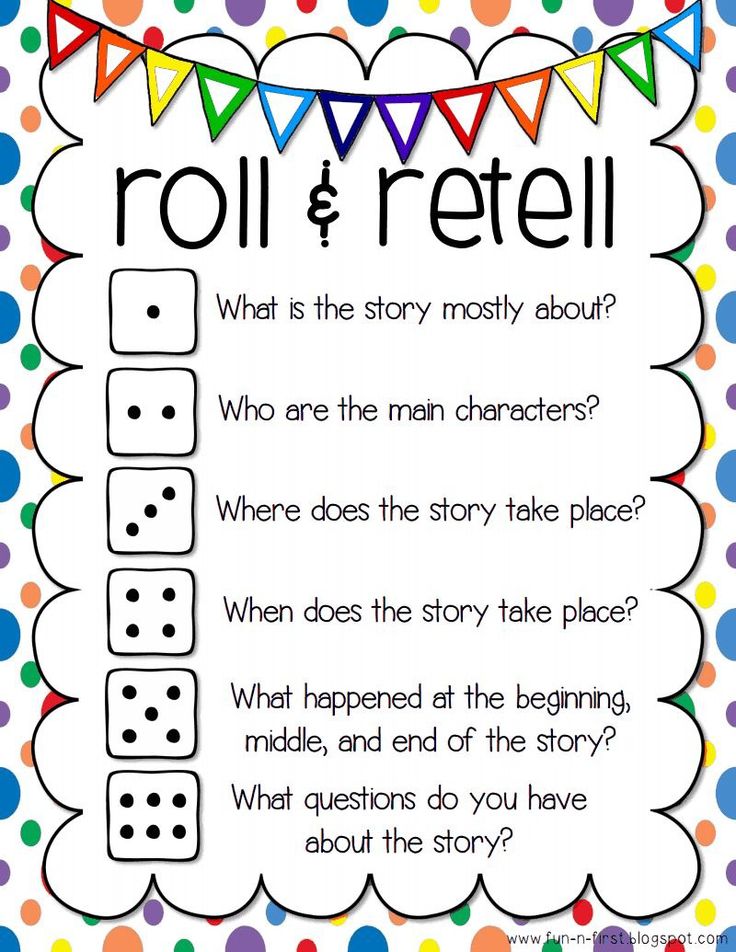 A seamless communication is necessary to teach kids.
A seamless communication is necessary to teach kids.
15.Breakaway from the lessons
No matter how many articles you have read on how to teach kids or online teaching ideas or teaching strategies, it is going to go down the drain if you don’t give them a break. Especially when it comes to how to teach a child, you have to keep in mind that their attention span is low and you have to talk about things other than the subject matter to keep them interested in earning.
If you need a break from your routines and are looking around for some inspiration, go ahead and read this blog:
Inspirational Quotes For Teachers
Conclusion
Teaching kids is definitely a tough mountain to climb. However, it is not impossible to do. Now that classes have moved online, you might be wondering how to teach kids online. It is simple, you just have to be mindful and intelligent about it. Prepare your strategies and keep the 15 tips on how to teach kids in your mind. Ensure to interact with your students and gather feedback from them.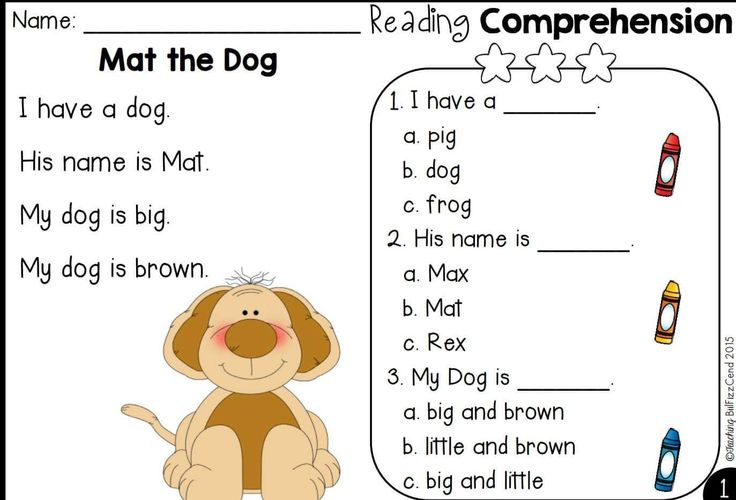
Teachmint is keen on changing the future of education with its advanced LMS and ERP tools. With more than 20+ modules for educational institutions like admission management, attendance management system, performance management, and more; it is changing the teaching-learning experience.
Strategies Teachers Use to Help Kids Who Learn and Think Differently
Your child’s teachers may use a variety of teaching strategies in their classrooms. But do these strategies help kids who learn and think differently?
There’s no one way for teachers to deliver instruction to their students. However, some strategies are backed by research and are more effective than others.
These approaches and techniques can benefit all students. But they’re especially helpful to kids who learn and think differently. They can make a big difference in how well struggling students take in and work with information. (Some may even be used as formal accommodations in and .)
(Some may even be used as formal accommodations in and .)
Explore topics selected by our experts
School supports
You may have heard of one or more of these strategies from your child’s classroom or special education teachers. If not, you can ask the teachers whether they use the strategies and how you might adapt them to use at home.
Here are six common teaching strategies. Learn more about what they are and how they can help kids who learn and think differently.
1. Wait time
“Wait time” (or “think time”) is a three- to seven-second pause after a teacher says something or asks a question. Instead of calling on the first students who raise their hand, the teacher will stop and wait.
This strategy can help with the following issues:
- Slow processing speed: For kids who process slowly, it may feel as though a teacher’s questions come at rapid-fire speed. “Wait time” allows kids to understand what the teacher asked and to think of a response.
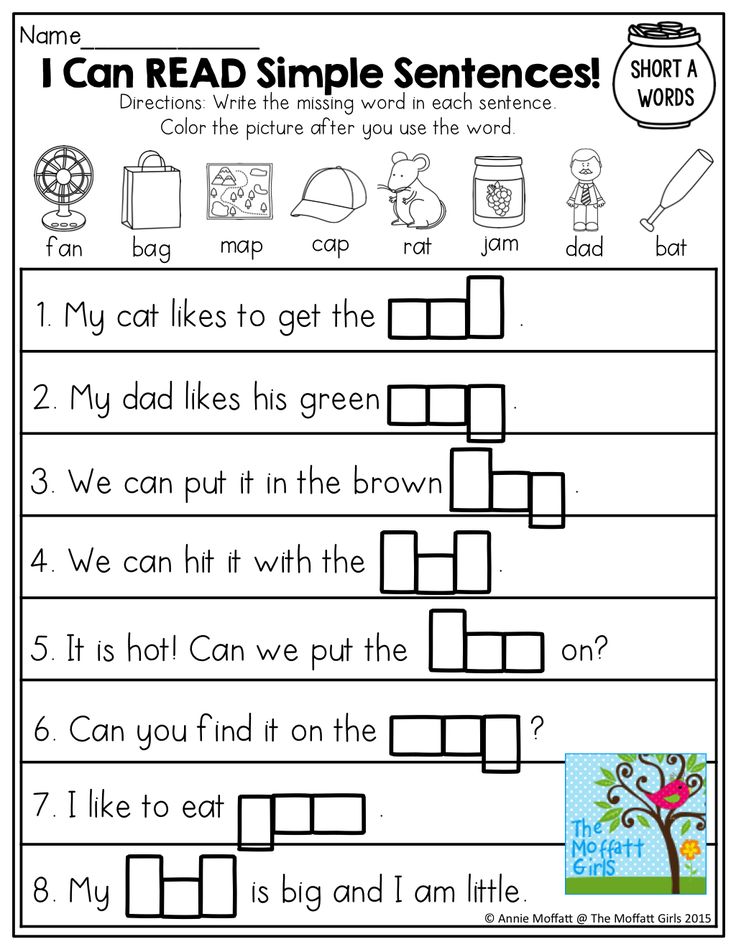
- ADHD: Kids with ADHD can benefit from wait time for the same reason. They have more time to think instead of calling out the first answer that comes to mind.
2. Multisensory instruction
Multisensory instruction is a way of teaching that engages more than one sense at a time. A teacher might help kids learn information using touch, movement, sight and hearing.
This way of teaching can help with these issues:
- Dyslexia: Many programs for struggling readers use multisensory strategies. Teachers might have students use their fingers to tap out each sound in a word, for example. Or students might draw a word in the air using their arm.
- Dyscalculia: Multisensory instruction is helpful in math, too. Teachers often use hands-on tools like blocks and drawings. These tools help kids to “see” math concepts. Adding 2 + 2 is more concrete when you combine four blocks in front of you. You may hear teachers refer to these tools as manipulatives.
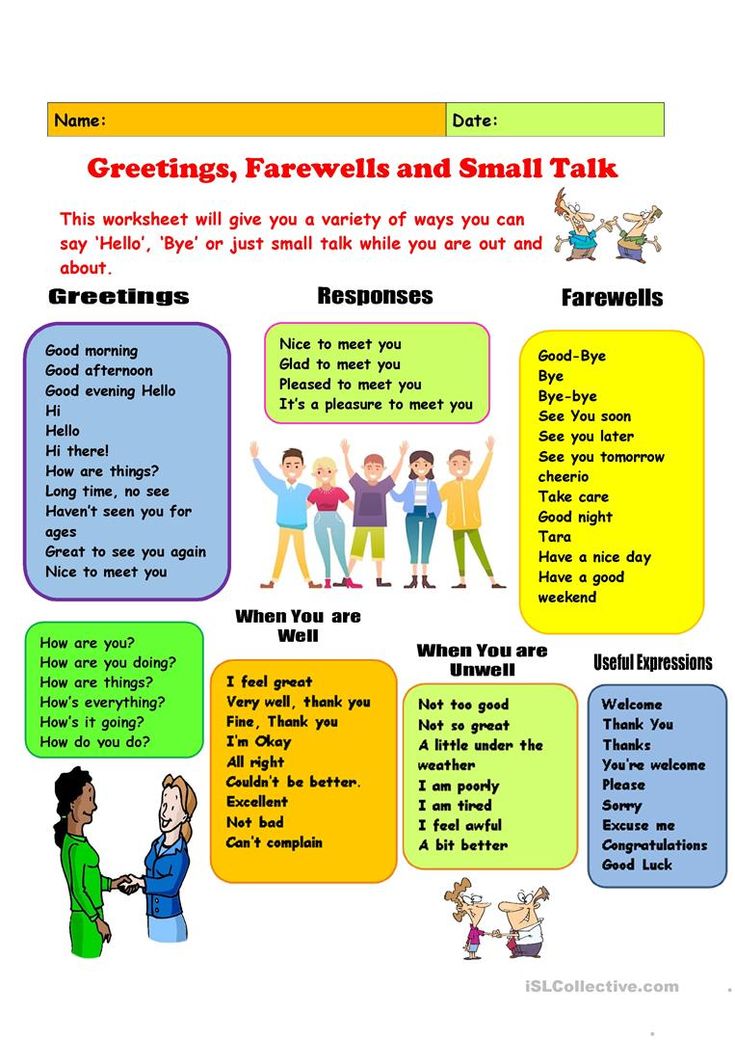
- Dysgraphia: Teachers also use multisensory instruction for handwriting struggles. For instance, students use the sense of touch when they write on “bumpy” paper.
- ADHD: Multisensory instruction can help with different ADHD symptoms. That’s especially true if the technique involves movement. Being able to move can help kids burn excess energy. Movement can also help kids focus and retain new information.
3. Modeling
Most kids don’t learn simply by being told what to do. Teachers use a strategy called “I Do, We Do, You Do” to model a skill. The teacher will show how to do something (“I do”), such as how to do a math problem. Next, the teacher will invite kids to do a problem with the teacher (“we do”). Then, kids will try a math problem on their own (“you do”).
This strategy can help with these issues:
- All learning and thinking differences: When used correctly, I Do, We Do, You Do can benefit all learners.
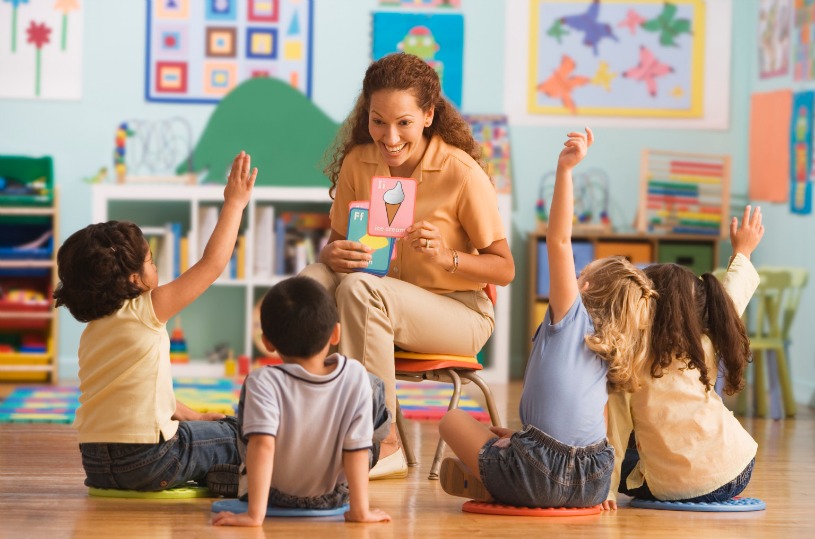 That’s because a teacher can provide support during each phase. However, teachers must know what support to provide. They also need to know when students understand a concept well enough to work on their own. Think of it like riding a bike: The teacher needs to know when to take off the training wheels.
That’s because a teacher can provide support during each phase. However, teachers must know what support to provide. They also need to know when students understand a concept well enough to work on their own. Think of it like riding a bike: The teacher needs to know when to take off the training wheels.
4. Graphic organizers
Graphic organizers are visual tools. They show information or the connection between ideas. They also help kids organize what they’ve learned or what they have to do. Teachers use these tools to “scaffold,” or provide support around, the learning process for struggling learners. (It’s the same idea as when workers put up scaffolding to help construct a building.)
There are many different kinds of graphic organizers, such as Venn diagrams and flow charts. They can be especially helpful with these issues:
- Dyscalculia: In math, graphic organizers can help kids break down math problems into steps. Kids can also use them to learn or review math concepts.
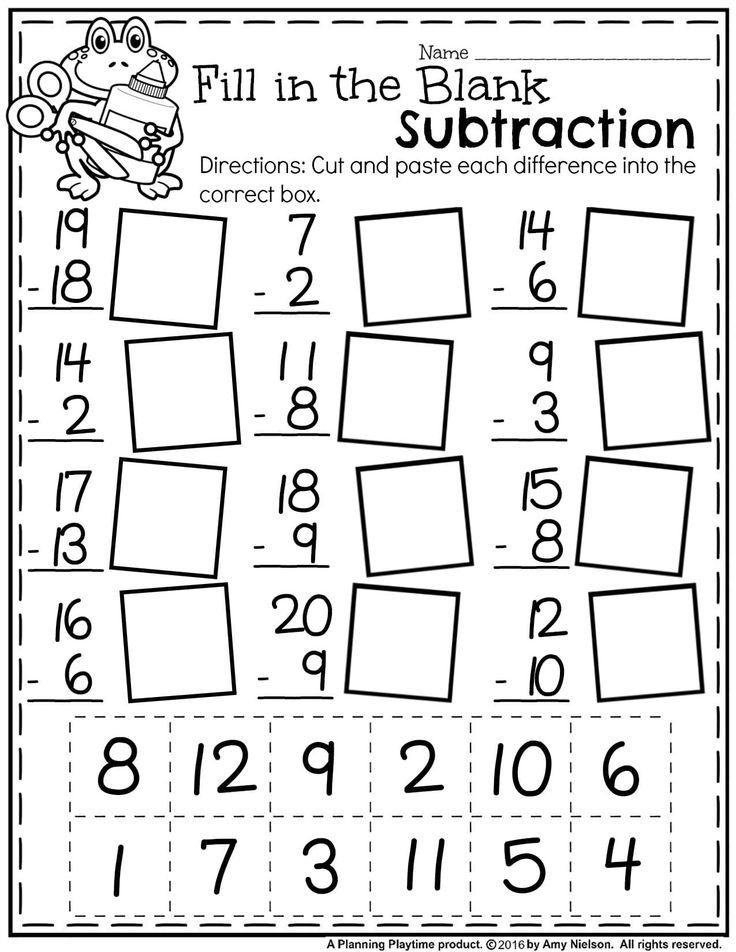
- Dysgraphia: Teachers often use graphic organizers when they teach writing. Graphic organizers help kids plan their ideas and writing. Some also provide write-on lines to help kids space their words.
- Executive functioning issues: Kids with weak executive skills can use these tools to organize information and plan their work. Graphic organizers can help kids condense their thoughts into short statements. This is useful for kids who often struggle to find the most important idea when taking notes.
5. One-on-one and small group instruction
One strategy that teachers use is to vary the size of the group they teach to. Some lessons are taught to the whole class. Others are better for a small group of students or one student. Learning in a small group or one-on-one can be very helpful to kids with learning and thinking differences.
Some kids are placed in small groups because of their IEPs or an intervention. But that’s not always the case.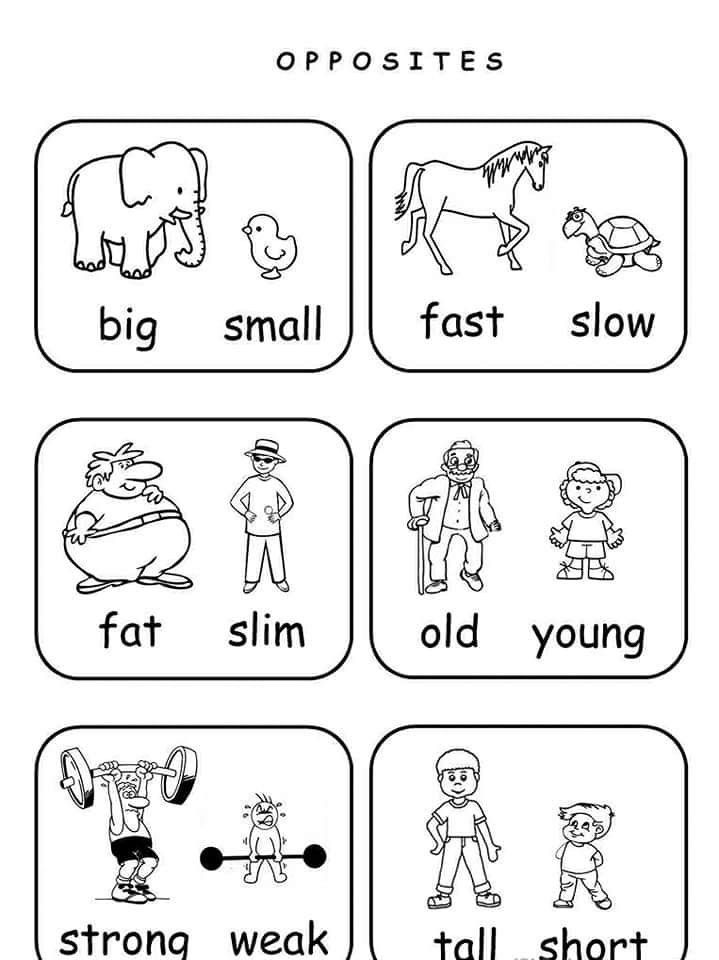 Teachers often meet with small groups or one student as a way to differentiate instruction. This means that they tailor the lesson to the needs of the student.
Teachers often meet with small groups or one student as a way to differentiate instruction. This means that they tailor the lesson to the needs of the student.
This strategy helps with:
- Dyslexia: Students with dyslexia frequently meet in small group settings for reading. In the general classroom, teachers often work with a small group of kids at the same reading level or to focus on a specific skill. They might also meet because kids have a common interest in a book.
- Dyscalculia: For kids with dyscalculia, teachers gather one or more students to practice skills that some students (but not the whole class) need extra help with.
- Dysgraphia: In many classrooms, teachers hold “writing conferences.” They meet with students one-on-one to talk about their progress with what they’re writing. For students with dysgraphia, a teacher can use this opportunity to check in and focus on specific skills for that student.
- ADHD and executive functioning issues: This type of instruction often takes place in settings with fewer distractions.
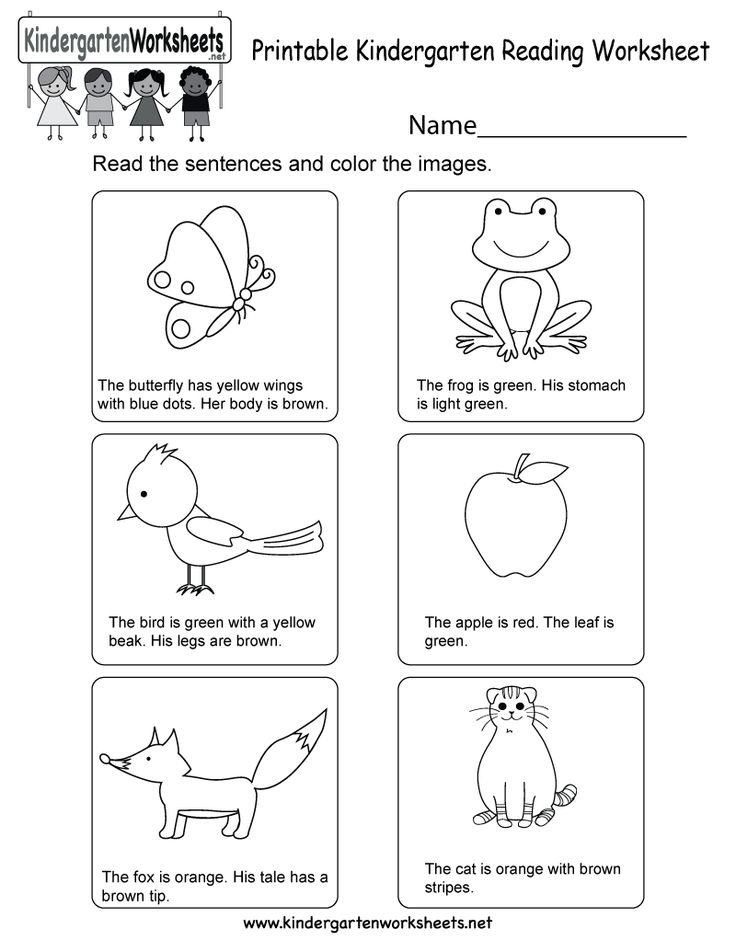 The teacher can also help students stay on task and learn skills like self-monitoring.
The teacher can also help students stay on task and learn skills like self-monitoring. - Slow processing speed: Teachers can adjust the pace of instruction to give students the time they need to take in and respond to information. In these groups, teachers can focus on the priorities of the lesson so students have the time to grasp the most important concepts. Being in a focused setting may also help decrease the anxiety students feel in whole-class lessons.
6. Universal Design for Learning (UDL) strategies
UDL is a type of teaching that gives all students flexible ways to learn and succeed. UDL strategies allow kids to access materials, engage with them and show what they know in different ways. There are many examples of how these strategies help kids who learn and think differently.
- ADHD: UDL allows students to work in flexible learning environments. For students who struggle with inattention and distractibility, a teacher might allow a student to work in a quiet space away from the class.
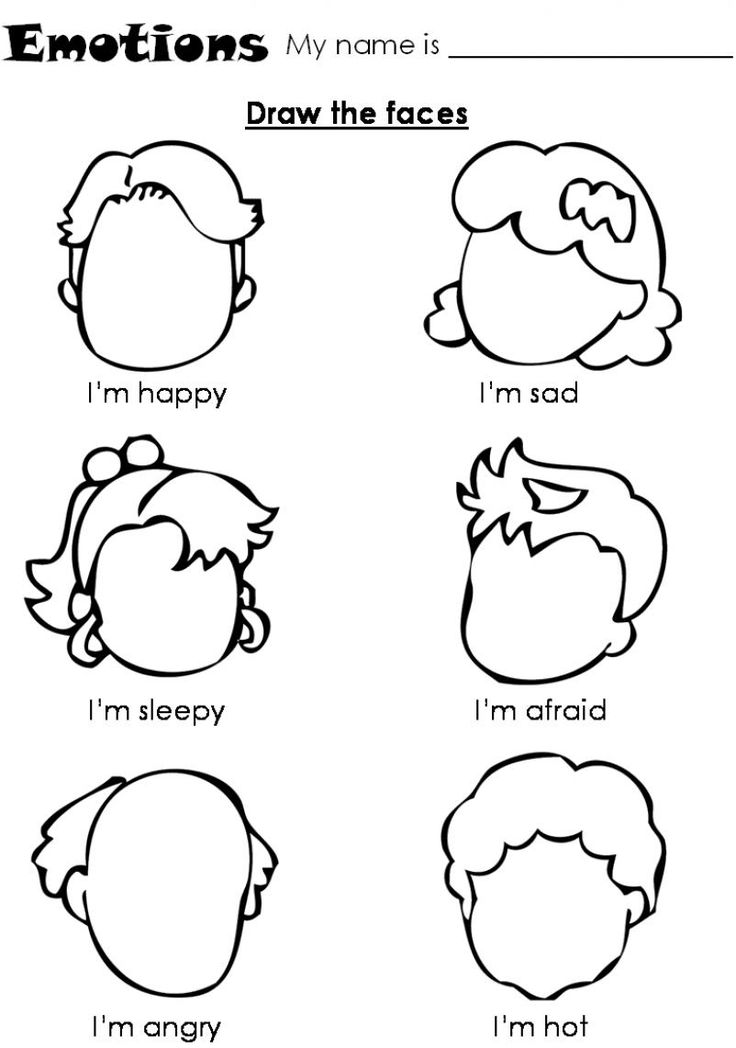 Or the student may want to wear earbuds or headphones.
Or the student may want to wear earbuds or headphones. - Executive functioning issues: Following directions can be tough for kids with executive functioning issues. One UDL strategy is to give directions in more than one format. For instance, a teacher might give directions out loud and write them on the board.
- Dyslexia: When teachers follow UDL principles, they present information in many different ways. For instance, instead of telling students they must read a book, they would be invited to listen to an audiobook. This removes a barrier for students who struggle with reading.
- Dysgraphia: One UDL strategy is to give assignment choices. Kids with dysgraphia may struggle to show how much they know about history by writing an essay. But they may shine when delivering a presentation or acting out a historical skit.
To learn more about any of these teaching strategies, talk with your child’s teacher. Ask which strategies they use, whether they are evidence-based and how you might use them at home.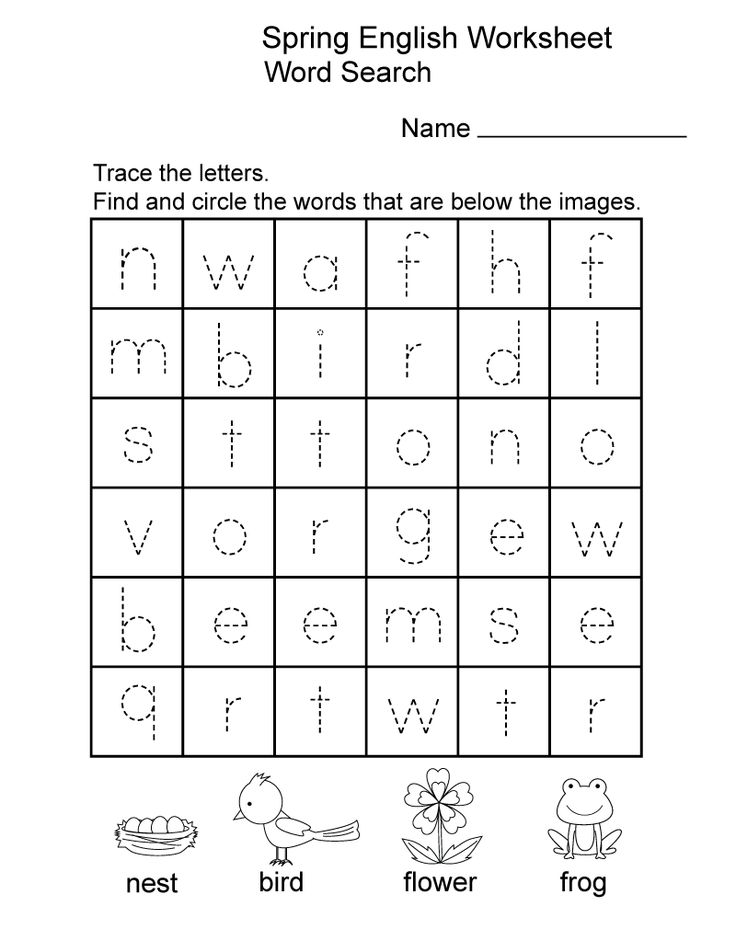
Key takeaways
Some teaching strategies may be part of a child’s IEP or 504 plan.
The strategies aim to give kids needed support as they learn.
Talk with your child’s teachers about the strategies they use.
Explore related topics
School supports
How to develop a child from birth? | Education
Many believe that a child should have a carefree, happy childhood and it does not matter whether their child learns to recognize colors, geometric shapes, letters, whether he can read, count, write, draw, and so on before school or at a desk. Others are so passionate about the development of the baby that he does not have time for doll cars.
When a child is constantly busy learning from the cradle, it discourages him from learning further at the same pace.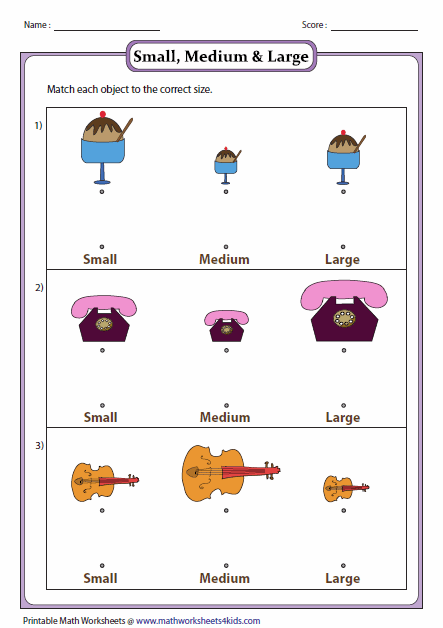 There is no consensus on what is better: to let the boat-child go with the flow or still guide him in this endless ocean of life. We will not convince anyone and incline to any particular opinion, but simply help those who nevertheless decided to develop their child.
There is no consensus on what is better: to let the boat-child go with the flow or still guide him in this endless ocean of life. We will not convince anyone and incline to any particular opinion, but simply help those who nevertheless decided to develop their child.
Where and how to start?
First you need to remember the three golden rules for developing a child's abilities:
1. Game. All children love to play, and it is in the process of playing that it is better to give them knowledge about this world and its features.
2. Honesty. Develop a child when you have a desire to do it, from the bottom of your heart. If the child does not feel your sincere desire to study with him, then he will absorb the information inattentively and without enthusiasm.
3. Fantasy. Imagine yourself for a while as a small child and perceive learning, development through the prism of a child's worldview and feelings.
For the first few months, the baby sleeps almost all the time, and eats during breaks, and he acquires his initial knowledge about this world by listening to the speech , the voice of his parents. You need to talk with your baby as often as possible and about everything that surrounds you and him.
Play with your voice: increase your intonation if you are talking about something unusual, interesting; switch to a whisper if you want to inform him of something mysterious and mysterious. Comment on all your actions, call a spade a spade, talk not only about what you see, but also about your feelings, mood.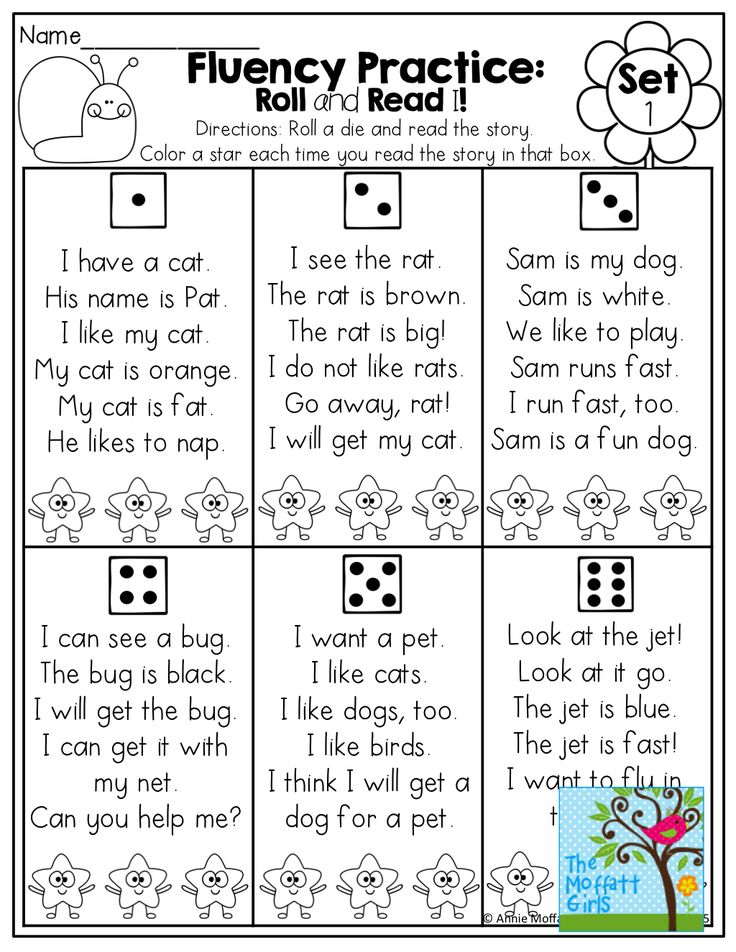 Come up with affectionate names, nicknames for your child. Any person, even a tiny one, likes to be affectionately called by name. The emotional sphere is very important for the development of a child at an early age. Photo: Depositphotos
Come up with affectionate names, nicknames for your child. Any person, even a tiny one, likes to be affectionately called by name. The emotional sphere is very important for the development of a child at an early age. Photo: Depositphotos
The main source of information for the baby during the first months of life is sight and hearing . Make sure that your baby has something to look at while awake. Show bright toys, simple contrasting pictures, photos of loved ones, and even the reflection of a child in the mirror. The optimal distance for showing a child any objects is 20-30 cm.
Attention development game : gently move the toy in different directions in front of the child's face several times, then fix the toy in one position for a few seconds so that the child can see the obscure object better, then hide the toy and show it again.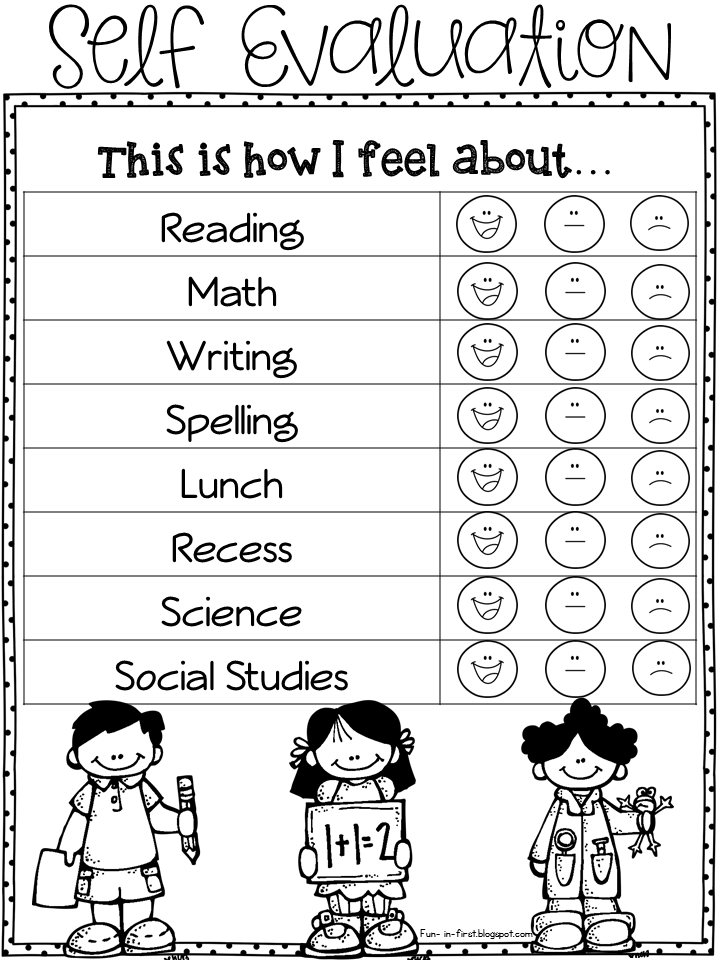
In the first two months of life, children respond better to high-contrast black and white images , let there be 5-6 such pictures in your arsenal. Hang 1-2 pictures near the crib or on the wall, where you often pass with the child when he is in your arms, and change the image every 2-3 days. Drawing the child's attention to the pictures, tell in detail what is drawn on them, your opinion, feelings, make up mini-stories. In addition to showing pictures, it is useful to take the baby in your arms and arrange tours around the house. Photo: Depositphotos
To develop your hearing, it is better to use rattles with different sounds, or you can make such musical toys yourself: put various fillings in jars so that the sounds differ significantly from each other.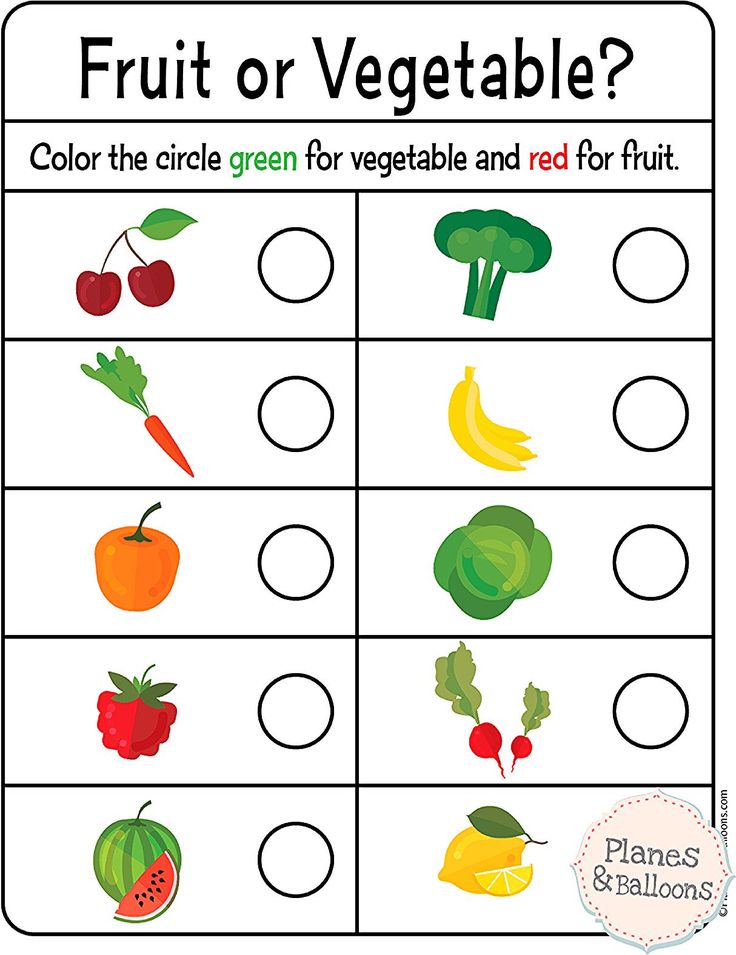 Soon you yourself will be surprised how selective your child is in choosing a melody.
Soon you yourself will be surprised how selective your child is in choosing a melody.
Good ear development music . From birth, put calm, pleasant music on your child - now there are a lot of discs with classical music for babies, lullabies, calm melodies, sounds of nature ... Introduce your baby to different rhythms. Listen to fast, loud, melodic, slow music.
When a child begins to consciously reach for objects, clenches his fists, you can hang a turntable or mobile near his bed. Let the baby not yet be able to grab a spinning object, but how much effort it makes! An alternative to a mobile phone can be a baby horizontal bar or a developmental rug.
It is pleasant for a child to realize that he can move toys himself, cause some sounds. Try sewing small bells or ringing rattle balls to the socks, or you can make ringing bracelets on the handles.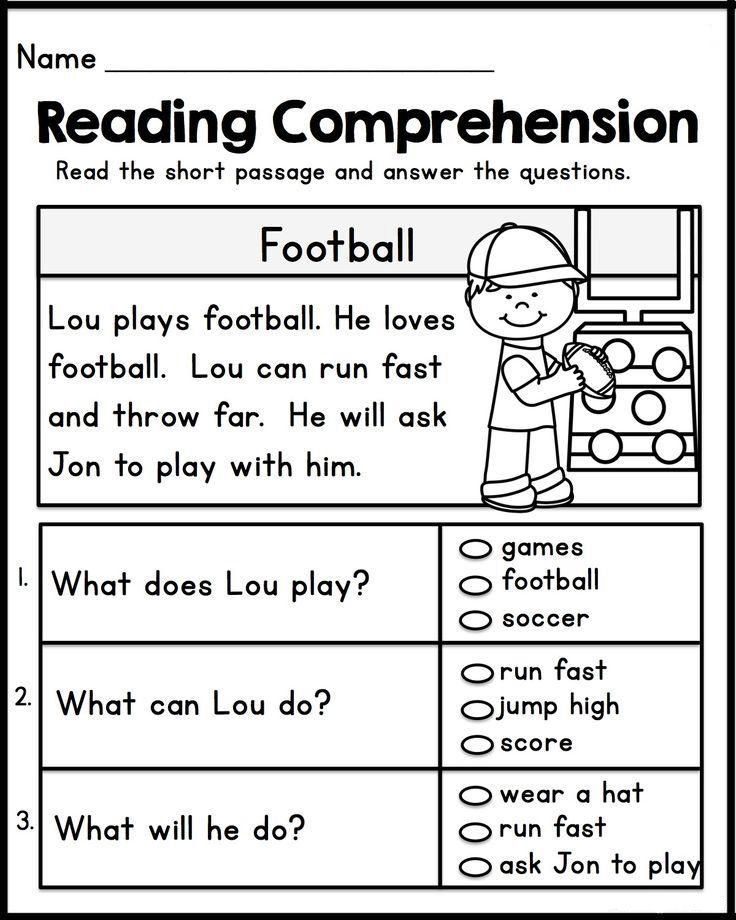 When moving a hand or foot, the baby will make sounds, so he will develop an associative connection - movement-sound. Photo: Depositphotos
When moving a hand or foot, the baby will make sounds, so he will develop an associative connection - movement-sound. Photo: Depositphotos
It is also very useful to develop tactile sensations : give the child objects that are different in form and content. Playing with bags that are made of different fabrics and filled with different materials (cereals, beads, rustling bags, cotton wool, sawdust, etc. - everything that can be folded into a small bag and hermetically sealed) is perfect for this purpose. In addition to such a game with bags, you can give the child to touch warm, hot, loose, hard, rough, smooth - the more diverse his sensations are, the more beneficial it will affect the development of the baby.
For the development of motor skills buy your child a sturdy small children's piano with large musical buttons - it will be your baby's favorite toy! The child can make sounds, tap the keys, look at pictures, listen to his piece of music endlessly and every time with genuine interest.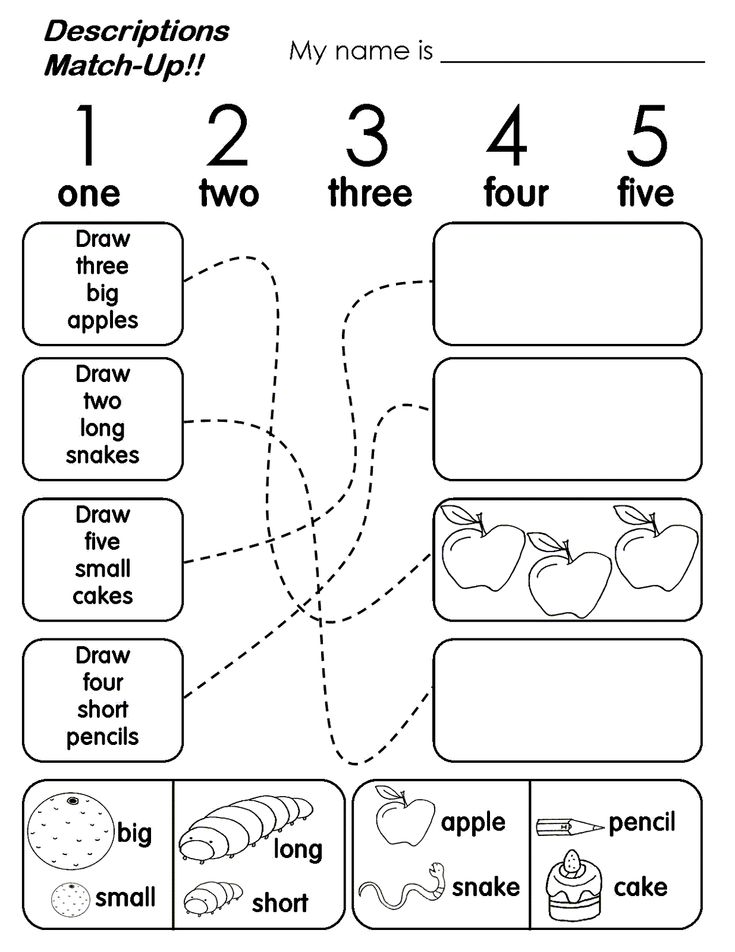 For such a musical game, it can be planted on pillows, or you can put it on your tummy. We immediately develop motor skills, and hearing, and attention, and tactile sensations!
For such a musical game, it can be planted on pillows, or you can put it on your tummy. We immediately develop motor skills, and hearing, and attention, and tactile sensations!
Water games are not only useful, but also interesting! As soon as the child learns to hold his head while lying on his tummy, you can send him to "free swimming": run into a bathtub filled with 10-15 cm of warm water. If the child still does not hold the head upright, support it by the chin. Let the bath have 2-3 bright toys for playing in the water, to which the child will reach, merrily slapping the water with his hands and feet. And if you take a full bath of water, then you can safely walk along the bottom, such exercises strengthen and develop the muscles of the back and legs. Over time, when the child begins to get on all fours and crawl on his own, bathing can become his favorite pastime. Photo: Depositphotos
It is necessary to develop a child constantly, increasing the amount of information given with age.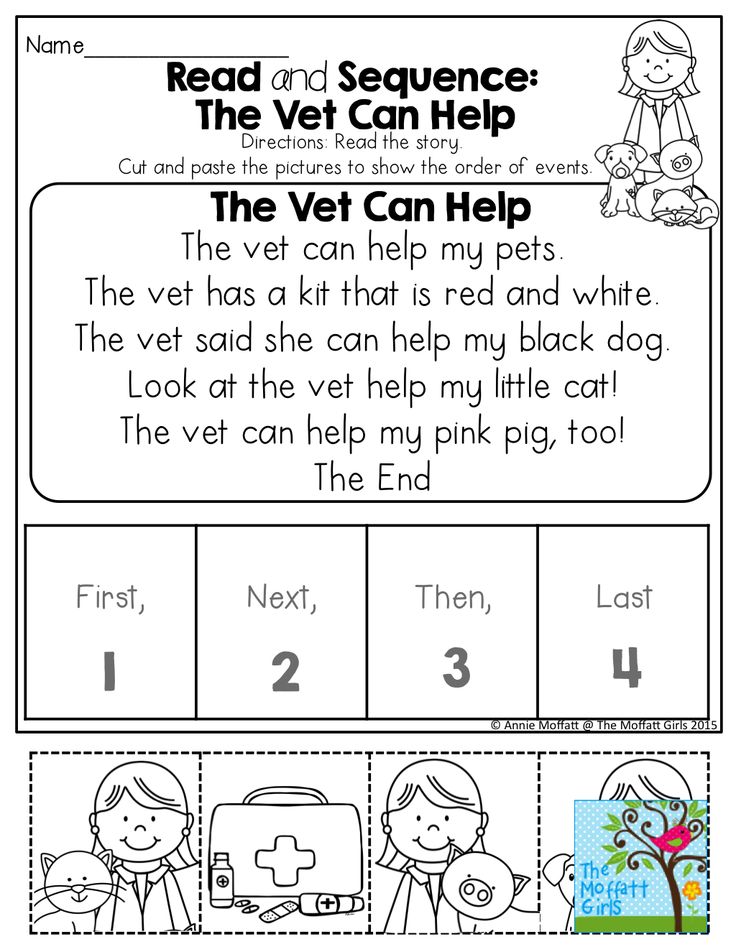 If earlier you used to call things with monosyllabic primitive names, now try to clarify the details, color, shape, size, position in space, etc. In addition to simple pictures on a white background, show your child the tables, maps, diagrams hung on the walls of your house. And when the baby learns to sit, then paper pictures can be replaced with children's electronic presentations, where the slides automatically replace each other.
If earlier you used to call things with monosyllabic primitive names, now try to clarify the details, color, shape, size, position in space, etc. In addition to simple pictures on a white background, show your child the tables, maps, diagrams hung on the walls of your house. And when the baby learns to sit, then paper pictures can be replaced with children's electronic presentations, where the slides automatically replace each other.
Explain, repeat often, show your interest in the process so that the child feels that he is just being played with, not seriously taught. Of course, the baby will not immediately understand what you are telling him so enthusiastically about, and will not remember all those pictures that you show him so often, but he will constantly feel your attention to himself, hear your gentle voice addressed to him. And most importantly, he will not discover this world alone!
Tags: baby development, ability development, Baby, attention development, child development, baby development, small children
educational activities for children online
Open the world of knowledge to your child
Online classes for children from 3 to 10 years old. Preparing for school and improving the performance of younger students.
Preparing for school and improving the performance of younger students.
Create an account
Intellectual development of the child
Development
The development of attention, memory, thinking is the basis of successful learning.
Education
Practicing the most important and complex topics of the school curriculum - provides an increase in academic performance for younger students.
Sciences
Acquaintance with the basics of various sciences - an opportunity to learn how to work with information and gain versatile knowledge.
Trial tasks
Choose an age, then the desired block and topic of classes - and forward to new knowledge and success!
3-4 years 5–6 years 7–8 years 9-10 years old
How does it work?
1 How to start? Free
- Registration
- Testing
- Trial lessons
2 How to continue?
Completion of online classes
in accordance with the individual development plan
.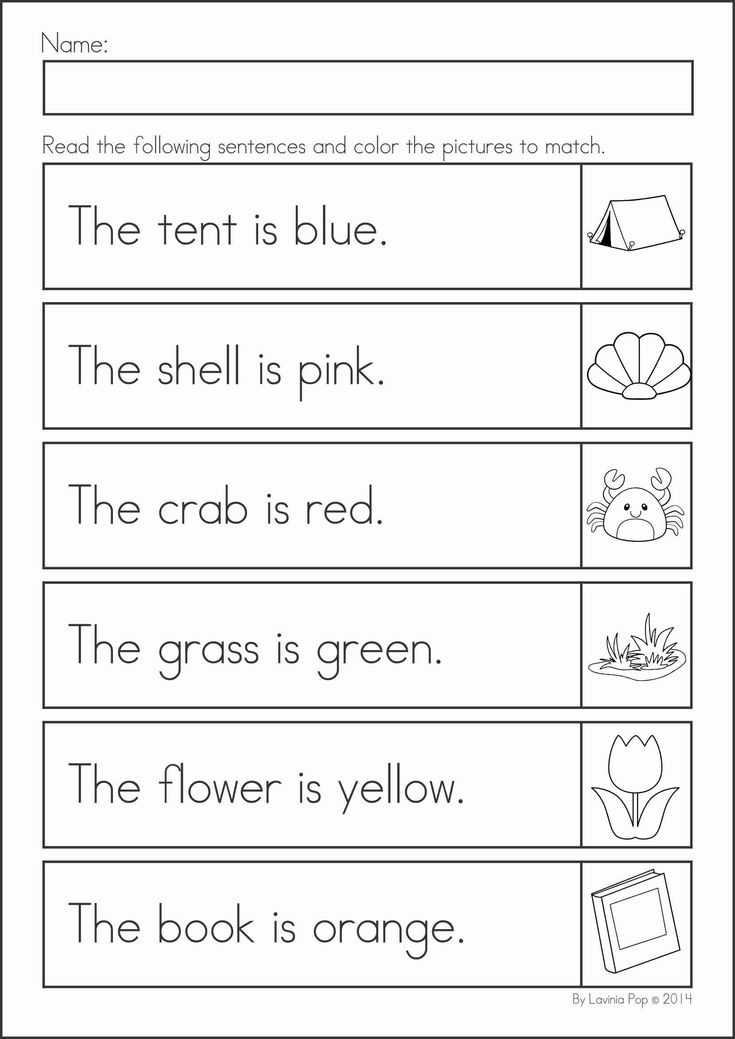
3 What is the result?
- School improvement
- Formation of adequate self-esteem
- Interest in learning
Why Razumeikin is useful
Video instruction "Razumeikin"
Cost
Access to personal account
Free
- Registration
- Testing
- Trial lessons
Try now
Course subscription for a period
From 450
- School improvement
- Awards
- Statistics
Buy
Purchase the course forever
From 1000
- Unlimited access to the course
- Material can be repeated at any time
- Awards
- Statistics
- Recommendations
Select course
Our awards
Parent reviews
- Parent:
- Rika Tamderg
- Child:
- Michael
- Child's age:
- 5
- Location:
- Stavropol
Thank you for such a professional, well-composed storehouse of tasks for the development of the child.We do it every day, the child really likes it, he is not distracted and does all the exercises with pleasure.
- Parent:
- Nekhaeva Lyubov
- Child:
- Mirabella
- Child's age:
- 5
- Location:
- Moscow
In three months, my 5-year-old child and I went through the Block of SCIENCE, sections Biology, Chemistry, Physics, Geography, Culture. Almost all the tasks were accessible and understandable to the child, sometimes, of course, adults also joined in. In Geography, they mastered only the Nov...
Read more
- Child:
- Rital
- Child's age:
- 5
- Location:
- Irkutsk
I was looking for a program to teach reading and accidentally saw Razumeikin.He fit all of our criteria. Classes from simple to complex, video and audio accompaniment. Tasks for fixing the material. Lightweight and easy-to-read content. Especially...
Read more
